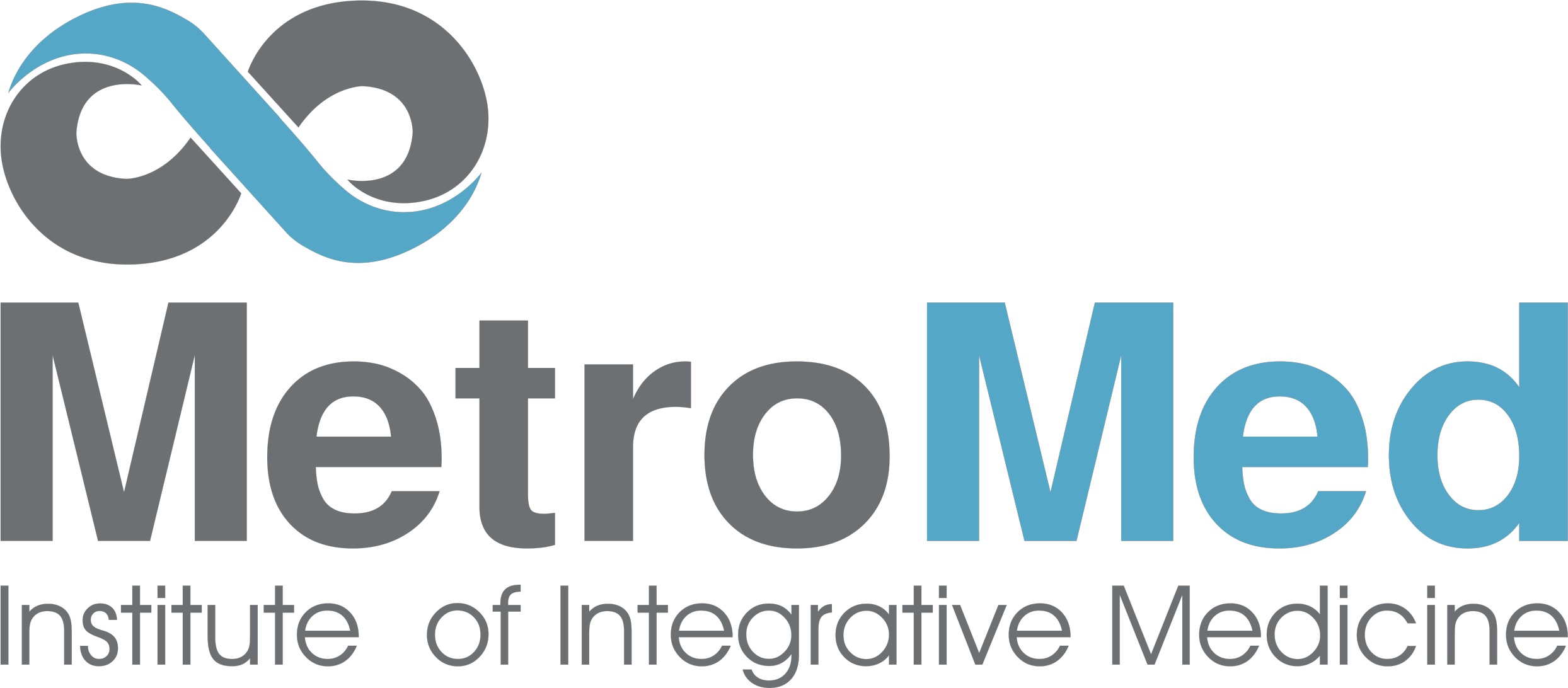HGH Therapy in Beverly Hills
MetroMD has been serving the Beverly Hills area for over 10 years. As a leader in regenerative medicine many of our patients come to us seeking Hormone therapy. For most adults, HGH production begins to decrease as early as the age of 40. This decline of HGH production is more significant for individuals with minor or severe surgical intervention of the pituitary gland.
What is HGH? HGH or Human growth hormone is a complex protein naturally produced by your pituitary gland near the brain. This protein directly controls the metabolic rate of cells to reproduce and repair cells, primarily to maintain a healthy body. It also helps advance childhood growth, while continuing to provide a healthy function to your heart,
organs, tissues, muscles, and bones throughout the entirety of your life. HGH is instrumental in repairing the body and leading a healthy life. MetroMD specializes in FDA-approved Adult HGH Therapy, as well as Pediatric HGH treatments in Los Angeles, California. All treatments are customized and closely monitored by MetroMD’s experienced staff for optimal results.
What are the symptoms of HGH deficiency? Most individuals are unaware that they may be suffering from an HGH deficiency.
Here are some of the signs and symptoms of low HGH production:
Muscle weakness in extremities
Fat accumulation in the midriff region
Osteoporosis
Fatigue, depression, or difficulty concentrating
Loss of libido (decrease in sex drive)
Poor wound healing
Hair loss
Broken or weak nails
Dry and brittle skin
If you feel you may have low HGH production or a hormone imbalance contact our office to schedule a blood test and consultation with our doctors. You can reach us at 323-285-5300 or email us at info@metromd.net
MetroMD has been serving the Beverly Hills area for over 10 years. As a leader in regenerative medicine many of our patients come to us seeking Hormone therapy. For most adults, HGH production begins to decrease as early as the age of 40. This decline of HGH production is more significant for individuals with minor

Pediatric HGH Therapy in Beverly Hills
Children suffering from Growth hormone deficiency or GHD are often much smaller than their average peers. A growth hormone deficiency can be classified when the pituitary gland is supposed to produce somatotropin, which is important for keeping your tissues, bones, and muscles healthy, as well as advance growth.
The most common symptom of GHD in children is their significantly shorter height than other children the same age. Children who have GHD typically grow less than two inches per year during puberty. Some other common symptoms may include: Late puberty, increased pockets of fat in the abdomen or face, slow development or growth of teeth and hair.
First, we determine if HGH is a viable treatment with a very low-intensity X-ray of our children’s wrists and ankles to check out the growth platelets where new bone is being laid down daily, we are able to see if they still have the ability to grow taller. On those X-rays, we can see lines representing especially active tissue growth where new bone is being laid down rapidly and in very large amounts over a growing season.
These growth plates look like dark, porous-appearing bands and it is here that HGH acts on the layers of stem-cells in the plates to put down layers of calcium in the newly forming bone as well as layers of strong elastic connective tissue, called the matrix. Here the hormone stimulates not only bone formation but the building of nerves and blood vessels throughout the immature bone.
When parents notice that their children are shorter than others of the same age, they become worried and, after learning about the effects of Human Growth Hormone, often come to the correct conclusion that their children are not producing enough HGH to make them grow as tall as they should.
When pediatricians measure kids with delayed growth, parents soon learn that their children are shorter than most by as much as fifty percent. Being 50% shorter than others, these children are said to belong to the fiftieth percentile on the growth curve. This means that any child in this percentile when compared to the others of the same age, is shorter that fifty percent or more of all the children evaluated.
The time to take action is when this is observed and HGH is the only therapy available or required that can possibly correct such a serious problem. By giving a very small injection of HGH painlessly just underneath the skin on a daily basis with a very small needle, parents can correct a hormone deficiency in their children and put the child on the right path toward growing 1-2 inches more per year. Scientists have observed as many as 6 inches of growth occurring in children using HGH over 3 years.
As soon as the growth plates close about age 18, the effects of HGH Therapy on bone growth and the achievement of greater height are reduced. To learn more about HGH contact the MetroMD office.
Children suffering from Growth hormone deficiency or GHD are often much smaller than their average peers. A growth hormone deficiency can be classified when the pituitary gland is supposed to produce somatotropin, which is important for keeping your tissues, bones, and muscles healthy, as well as advance growth. The most common symptom of GHD in
MetroMD Offers PRP Therapy for Knees in Los Angeles
Over the years MetroMD has been on the forefront of regenerative medicine. We have developed some of the latest protocols in cellular medicine, hormone replacement therapy and much more. One of these protocols is using patients own platelets to restore knee injuries to normal function.
MetroMD offers PRP therapy for knees by isolating a specific layer of a patient’s own blood for regenerative use. Typically 7-21ml of blood is isolated and then it is placed in a centrifuge to separate out the PRP layer. Once this layer is obtained it can be placed on sites to stimulate regeneration.
Of these sites knees is one of the most targeted. Injuries such as meniscus tear, ACL, PCL, or MCL tears can be treated. PRP is injected directly into the area that is damaged. This then stimulates the area to heal and ultimately restores anatomy and function.
Typically, 3-6 treatments are needed to treat a patient. These treatments are each done one month apart. After every treatment, the patient’s tissue should continue to regenerate.
Over the years MetroMD has been on the forefront of regenerative medicine. We have developed some of the latest protocols in cellular medicine, hormone replacement therapy and much more. One of these protocols is using patients own platelets to restore knee injuries to normal function. MetroMD offers PRP therapy for knees by isolating a specific
Co2 Laser for Acne Scars
Co2 Laser for Acne Scars is an amazing treatment that MetroMD has been perfecting over the last 10 years. Co2 laser for acne scars can help treat unwanted scars. Many people have lived years with acne scars and have tried many treatments to help diminish their scars. These may include creams, facials, peels and more. However, MetroMD has found that Co2 Laser is our best treatment for acne scars.
MetroMD uses CO2 laser to resurface the skin and to diminish scars. Co2 Laser for Acne Scars is a great treatment especially when it is combined with a regenerative cellular product. MetroMD combines PRP, stem cells or amniotic fluid with our Co2 laser to ensure better tissue recovery and enhanced results.
Co2 laser treatment for acne scars works in the following way. First, the skin is numbed for 30min using a topical anesthetic. Then the treatment begins where the CO2 laser is fractionated and used to penetrate the skin. Microwells of the laser is formed in the skin causing a perforation which then stimulates the skin to heal. Over the next few weeks, the new skin is formed and ultimately acne scars are removed. However, at MetroMD we apply cells over the Co2 after the treatment. Since the CO2 laser is a type of burn to the skin we can utilize healing cells in the area to speed up recovery and maximize results. Cells such as stem cells are placed here and can help heal the tissue damage that is made by the CO2 laser. In other words, we are tricking your body into healing itself and removing the unwanted acne scars.
So if you suffer from acne scars. Try Co2 Laser for Acne Scars, it is a 21st-century solution to having better skin!
Co2 Laser for Acne Scars is an amazing treatment that MetroMD has been perfecting over the last 10 years. Co2 laser for acne scars can help treat unwanted scars. Many people have lived years with acne scars and have tried many treatments to help diminish their scars. These may include creams, facials, peels and more.

